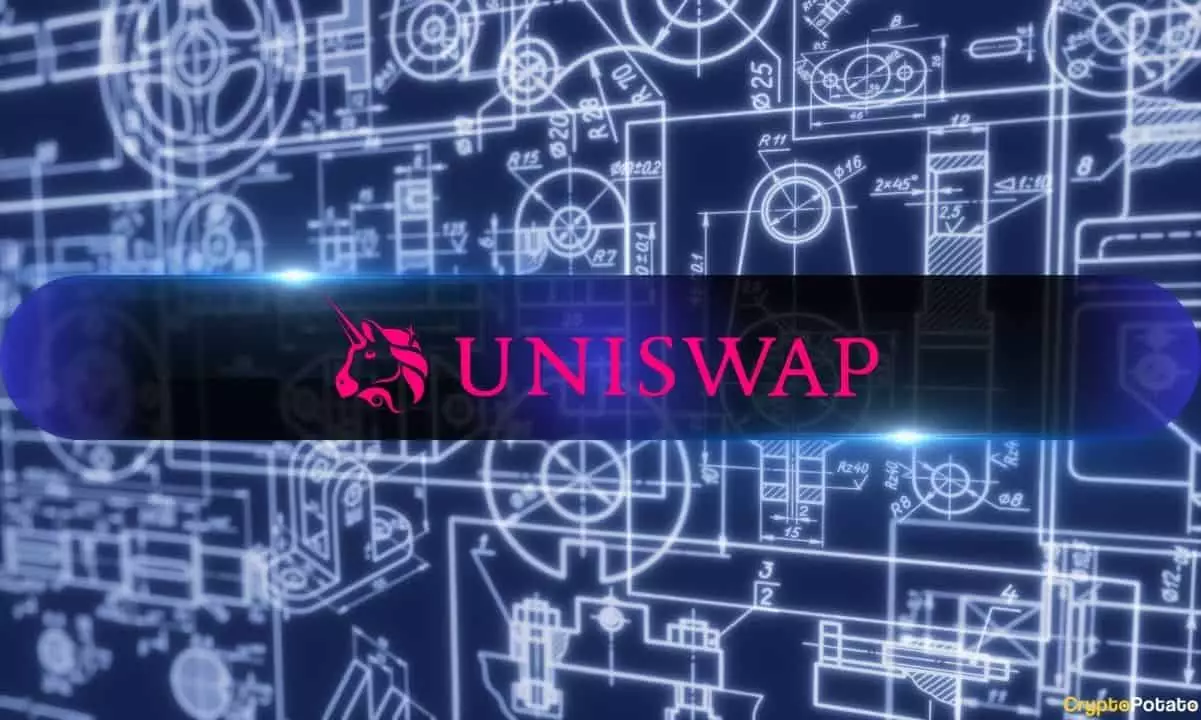The evolution of decentralized finance (DeFi) has been marked by a rapid succession of innovations aimed at enhancing efficiency, accessibility, and scalability. On February 11, Uniswap, a highly recognized decentralized exchange (DEX), announced its entry into the competitive Layer-2 (L2) landscape with the launch of Unichain. This development not only exemplifies Uniswap’s ongoing commitment to enhance the DeFi experience but also reflects the broader trends and challenges facing L2 solutions today.
Unichain presents a suite of performance-oriented features designed to address the critical issues that have historically plagued the Ethereum network, most notably high gas fees and slow transaction speeds. Typical block times have been optimized down to one second, with aspirations of further reducing this to a mere 250 milliseconds. Such advancements could dramatically enhance user experience, especially for those engaged in high-frequency trading or utilizing automated trading strategies.
Furthermore, the platform’s performance metrics are compelling. Having recorded over 88 million test transactions and processed 12 million test smart contracts since its testnet launch in October, Unichain demonstrates its capability to handle large volumes of activity. This impressive figure underscores its readiness for the mainnet, emphasizing a commitment to reliability. The platform enables users to perform core functionalities directly from the Uniswap web app, integrating everything from liquidity provision and token swapping to cross-chain trading capabilities.
A significant characteristic of Unichain is its emphasis on decentralization from day one. As articulated by Hayden Adams, the founder and CEO of Uniswap Labs, the platform is designed to be permissionless, enabling users to develop and deploy smart contracts without hindrance. This ethos extends to the platform’s plans for a Validation Network, projected to launch later this year, which will empower the public to partake in transaction verification. Unlike many L2 networks that were initially centralized, Unichain seeks to establish a foundational framework of trust and independence.
Moreover, the absence of interface fees for swaps during the initial phases of operation is a strategic move aimed at attracting users, particularly during a period when many DeFi services impose high transaction costs. This decision reflects a broader understanding of market dynamics and user needs, positioning Unichain competitively against well-established players.
Despite its robust features and strategic advantages, Unichain is launching into an already saturated L2 ecosystem. Current market assessments, such as those from L2beat, reveal that the L2 market has a staggering total value locked (TVL) of approximately $42.3 billion, with dominant players like Arbitrum One and Base holding considerable market shares. This landscape introduces inherent challenges for Unichain as it competes for relevancy and resources against developers and users entrenched in existing solutions.
Such competition is fierce, given that more than 60 rollup-based networks are currently operational. It brings about the pertinent question of differentiation—how can Unichain clearly distinguish itself when many of its functionalities overlap with those offered by established competitors?
As the announcement was made, the market’s reaction to Uniswap’s native token, UNI, was tepid, reflecting a broader trend of decline among DeFi tokens. The price of UNI experienced a notable decrease of 6% following the announcement, exemplifying the skepticism that often accompanies new product launches in a market that has been bearishly trending. With UNI down approximately 80% from its all-time high in May 2021, investor sentiment remains cautious.
Nevertheless, the backing of one of the world’s largest DEXs provides a foundation of credibility and may have a significant impact on Unichain’s future adoption. It is pivotal for projects like Unichain to establish a loyal user base and user engagement strategies to promote ongoing development and innovation within its platform.
While Unichain’s entry into the L2 space embodies a promising opportunity to address key limitations of Ethereum, its success will largely depend on its ability to navigate market challenges, differentiate itself from competitors, and foster user trust and participation. The DeFi landscape continues to evolve at a rapid pace, and the real test for Unichain will be its adaptability and resilience in meeting the demands of a discerning user base.


Leave a Reply